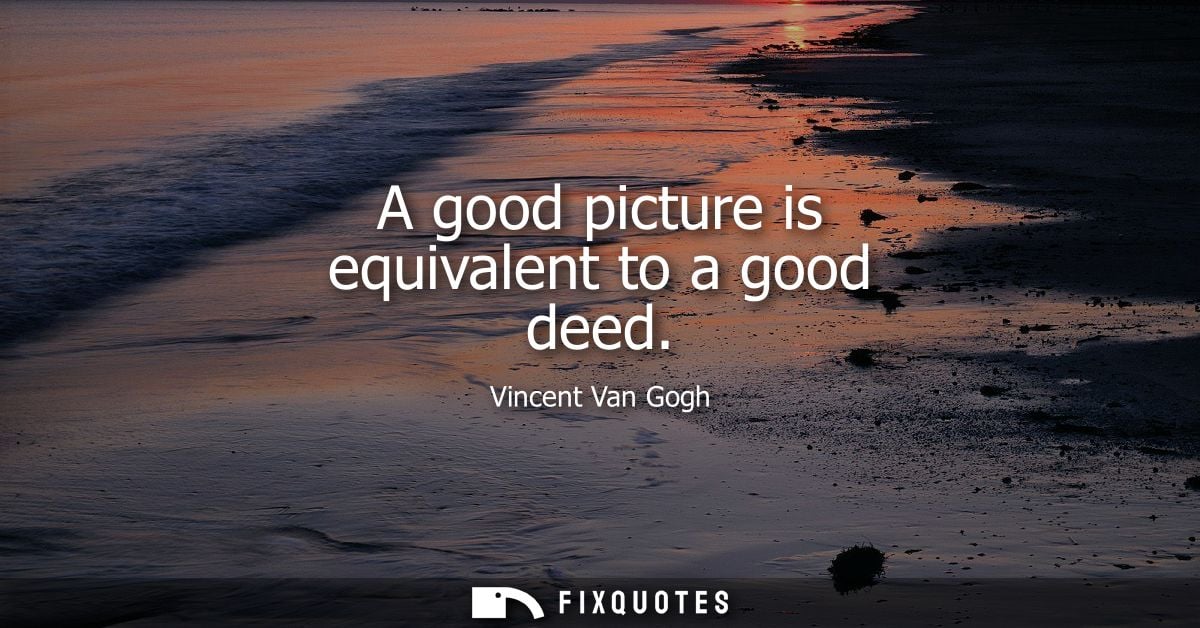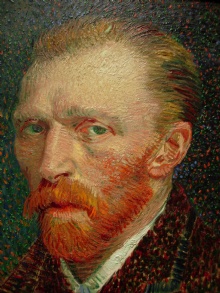"A good picture is equivalent to a good deed"
About this Quote
Vincent Van Gogh’s assertion that a good picture is equivalent to a good deed reveals much about his understanding of the value and power of art. At its core, the statement equates artistic achievement not with fame or technical mastery, but with ethical and emotional significance. Van Gogh saw painting as a form of contribution to the world, one that could bring beauty, comfort, or reflection to others, just as a kind or selfless action might.
A good picture holds the capacity to reach people on a personal level, stirring emotions, provoking thought, or offering solace. Such experiences can be quietly transformative, offering viewers the gift of seeing the world anew or recognizing something vital within themselves. In this way, art becomes an act of generosity. It is not created solely for the artist’s satisfaction; rather, it is given to the viewer, much like a good deed is given to another person. The positive impact art can have, uplifting spirits, inspiring hope, fostering empathy, parallels the effects of a thoughtful gesture or compassionate act.
Van Gogh’s life, marked by inner struggles and a quest for meaning, underscores his belief that beauty and kindness share a deep kinship. For him, making a “good picture” wasn’t a matter of ego, but a way of participating in moral goodness. Just as good deeds ripple outward in society, so do meaningful works of art, leaving lasting impressions and sometimes quiet healing in their wake.
Ultimately, Van Gogh bridges the worlds of aesthetics and morality, suggesting that the creation of beauty and the pursuit of goodness are intertwined. Both enrich the human spirit and affirm our shared humanity, and in his view, bringing forth a luminous painting is as worthy, as noble, as performing an act of kindness.
More details
About the Author

